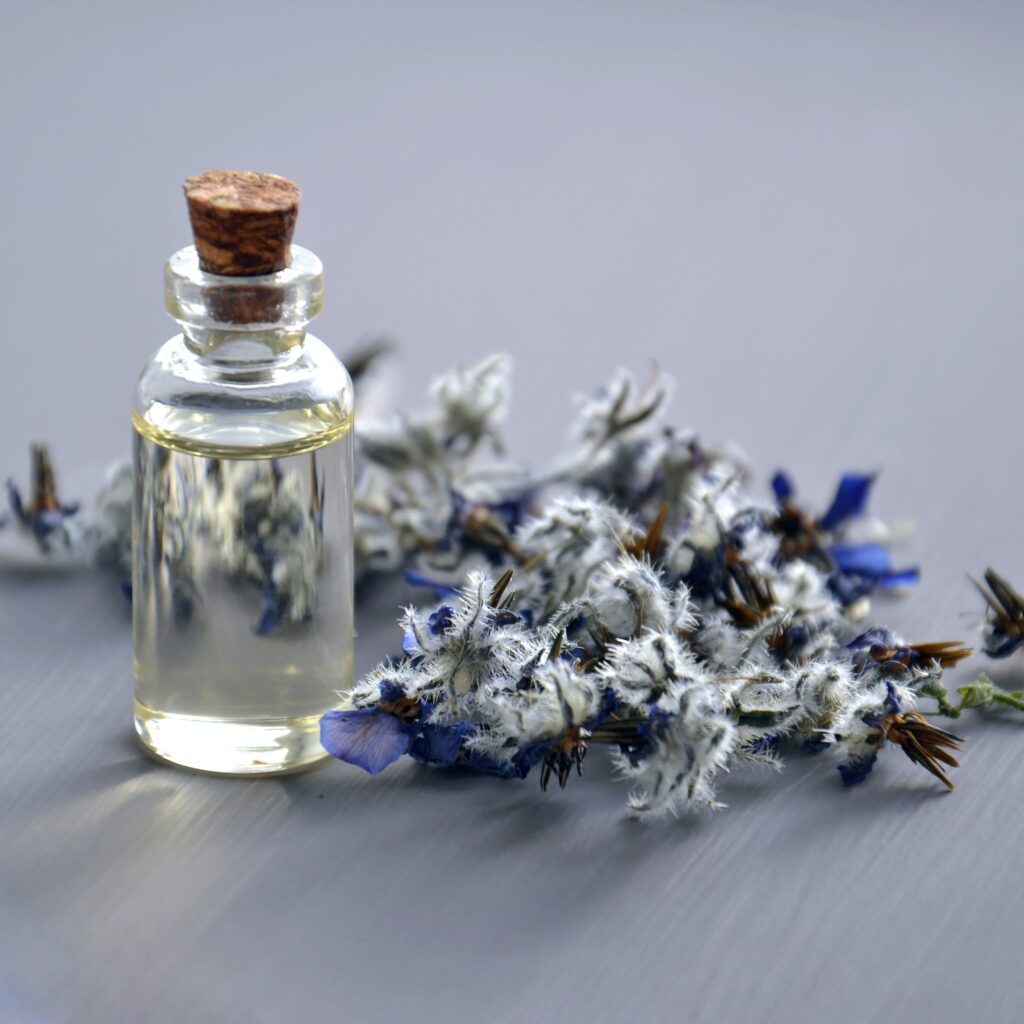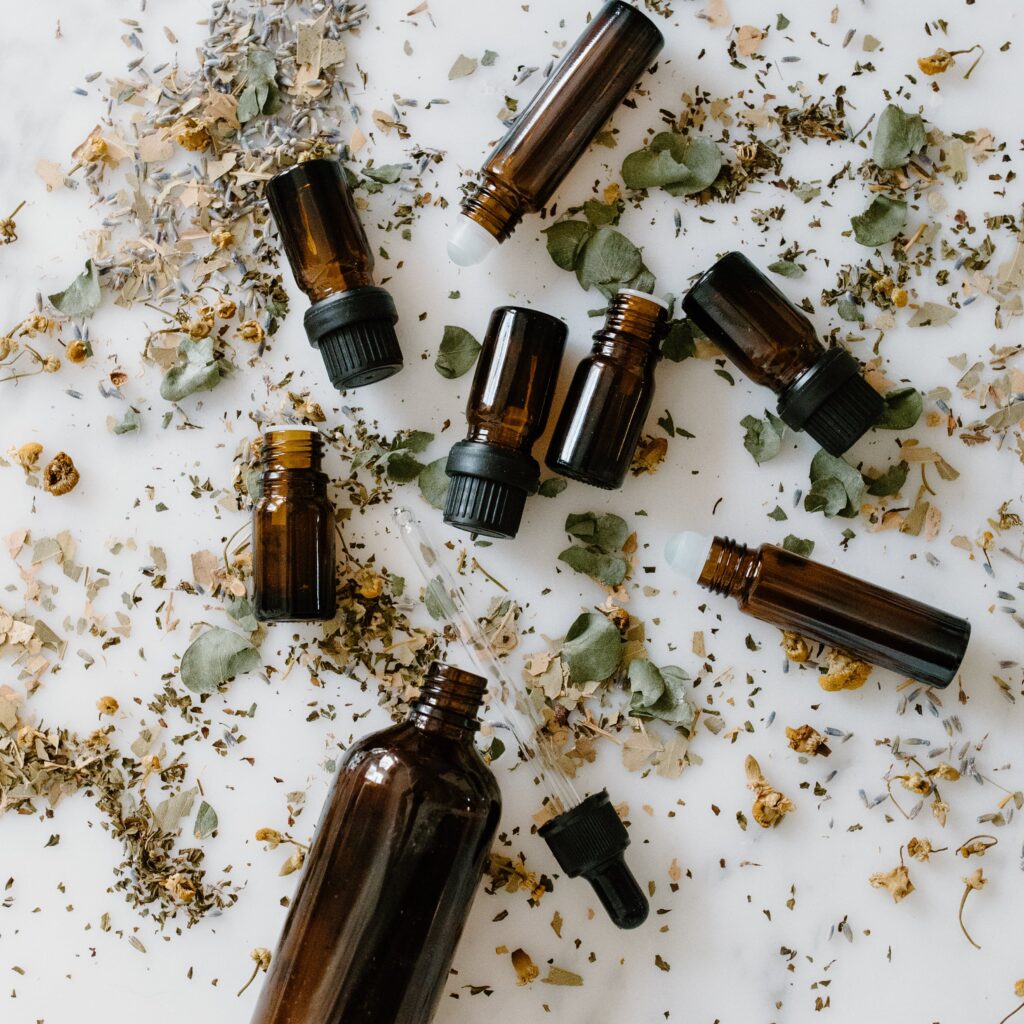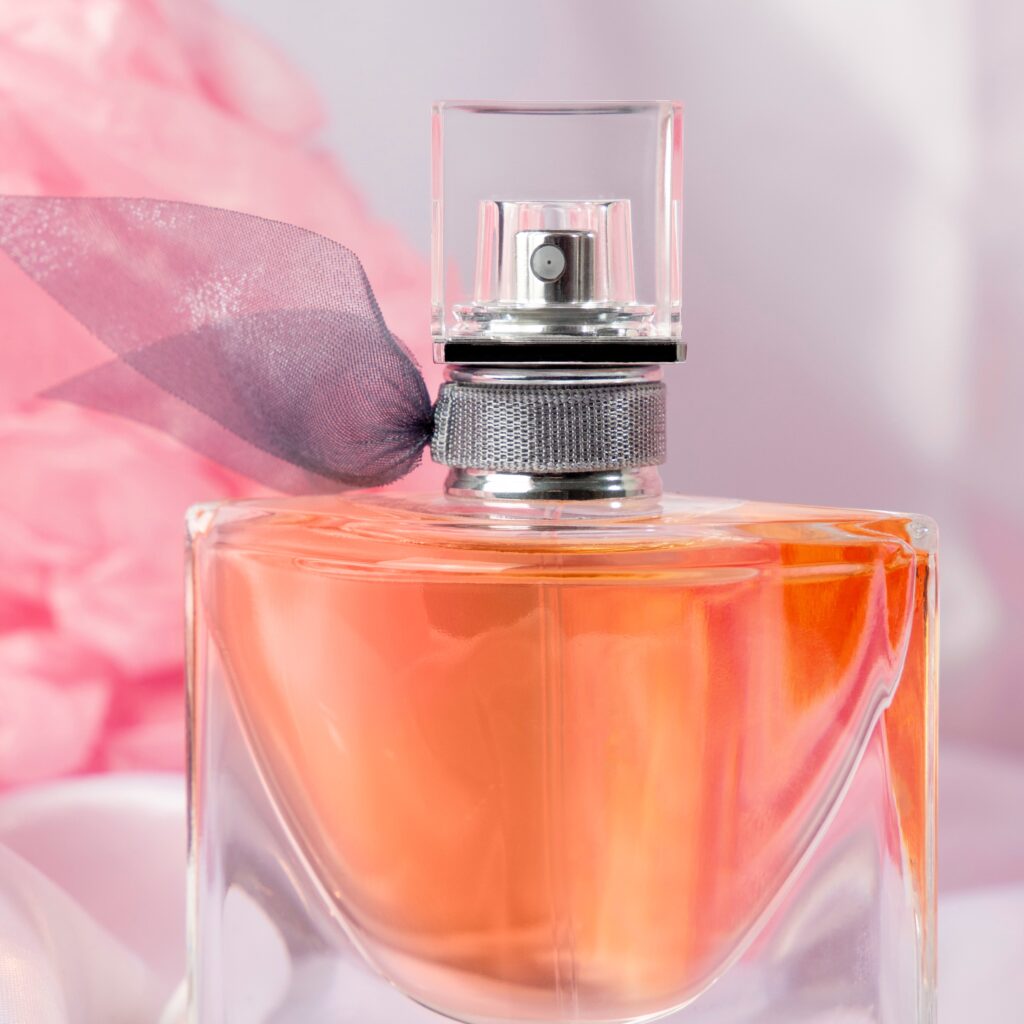Essential oils

Essential oils are concentrated, aromatic liquids that are extracted from plants, capturing the natural fragrance and essence of the plant. These oils are often obtained through processes like distillation or cold pressing, preserving the volatile compounds responsible for the characteristic scent of the plant.
Essential oils are found in various parts of the plant, including the flowers, leaves, bark, stems, and roots. They are known for their unique and potent fragrances, as well as for containing compounds that may have therapeutic properties. These oils have been used for centuries in various cultures for their aromatic, medicinal, and cosmetic purposes.
Due to their concentrated nature, essential oils are typically used in small quantities, often diluted with carrier oils or other bases, before being applied to the skin, inhaled, or used in diffusers. Common uses of essential oils include aromatherapy, massage, skincare, and adding fragrance to household products. It’s important to note that while many people find essential oils beneficial, some individuals may be sensitive or allergic, so it’s wise to use them with caution and, if needed, seek advice from a healthcare professional.
spice oleoresins

Spice oleoresins are concentrated extracts derived from spices, capturing both the volatile essential oils and the non-volatile components of the spice. Unlike essential oils, which are typically obtained through processes like distillation or cold pressing, oleoresins are extracted using solvents or other methods that allow for the extraction of a broader range of compounds.
The term “oleoresin” is a combination of “oil” and “resin,” indicating that these extracts contain both the essential oil (oil-soluble components) and the resinous, non-volatile components of the spice. This results in a more comprehensive and intense flavor profile compared to essential oils alone.
Spice oleoresins are commonly used in the food industry to add flavor and aroma to various products, including sauces, condiments, seasonings, and processed foods. They provide a convenient and consistent way to incorporate the essence of spices into culinary creations. Additionally, oleoresins are valued for their stability and longer shelf life compared to some essential oils.
The extraction process for spice oleoresins may involve using solvents like hexane or supercritical fluid extraction, depending on the specific spice and desired components. It’s essential to ensure that the extraction methods comply with industry standards to produce high-quality and safe oleoresins for consumption.
fragrances

Fragrances are compositions of aromatic compounds that create a specific scent or odor. These compounds can be natural, derived from plants or animals, or synthetic, created in a laboratory. Fragrances are used in a wide range of products, including perfumes, colognes, deodorants, soaps, lotions, candles, and household cleaners, to add a pleasant and distinctive smell.
The art and science of creating fragrances is known as perfumery. Perfumers, or fragrance designers, carefully blend different aromatic ingredients to achieve a desired olfactory profile. These ingredients can include essential oils, synthetic aroma chemicals, resins, and other natural or synthetic compounds.
Fragrances are often categorized into different scent families, such as floral, oriental, woody, citrus, and aquatic, based on their predominant notes. The combination of top, middle, and base notes determines the overall fragrance profile and how it evolves over time.
Beyond personal care and household products, fragrances play a crucial role in aromatherapy, where certain scents are believed to have therapeutic effects on mood and well-being. The power of fragrance to evoke emotions, trigger memories, and enhance experiences makes it a significant aspect of our daily lives.
